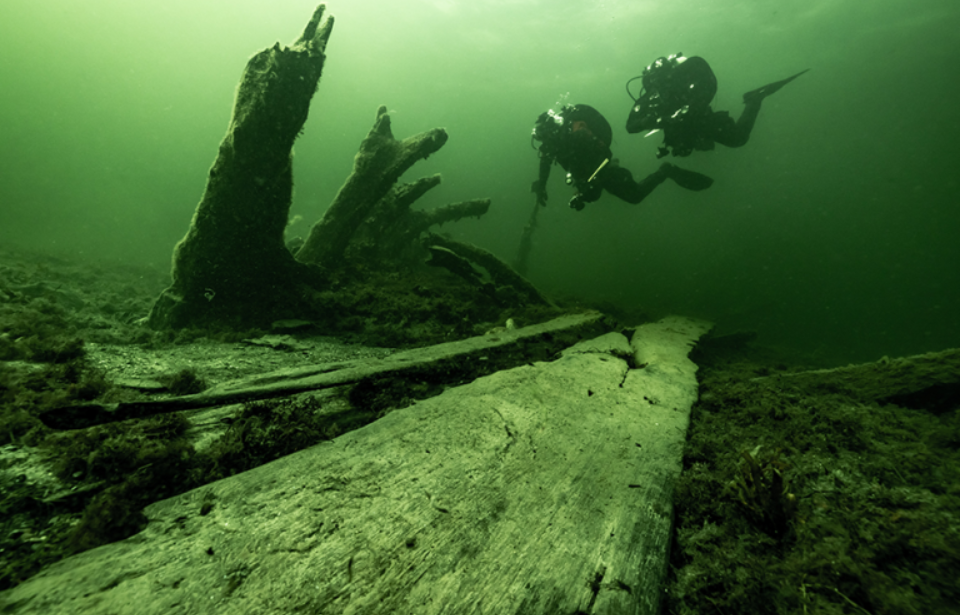A recent investigation into the wreck of the famed Danish flagship Gribshunden/Griffin has provided new and interesting insight into the evolution of naval warfare during the Late Middle Ages. The expedition to the wreck – located in the Blekinge archipelago in Sweden – looked at an old weapons chest and combat platforms.
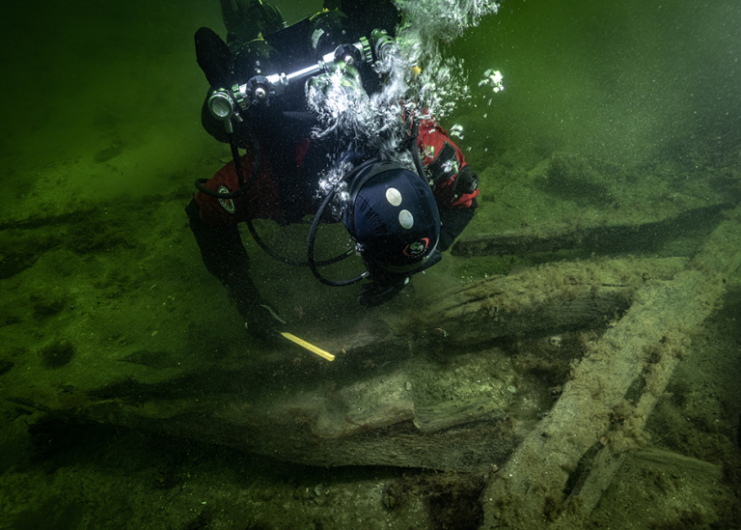
The Gribshunden was the flagship (and “floating castle”) of Hans, King of Denmark, who ruled from 1481-1513. After suffering an explosion and fire while journeying to Kalmar, Sweden in June 1495, the vessel sank off the coast of Ronneby. Approximately 100 German mercenaries were aboard.
The shipwreck was found centuries later by a local diving club, with investigations beginning in the early 2000s. In 2013, it was officially confirmed to be the remains of Gribshunden.
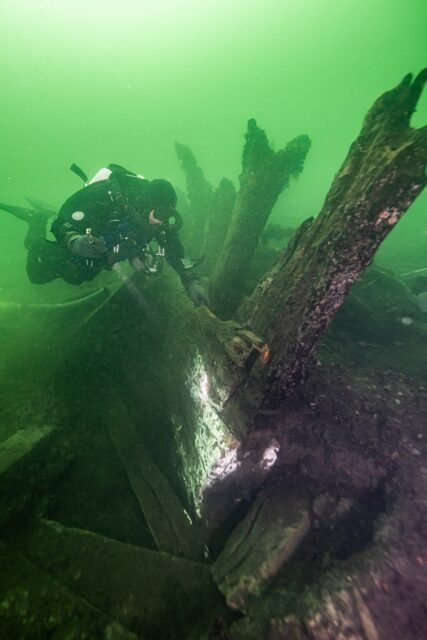
The latest expedition, which involved the use of photogrammetic 3D technology and underwater cameras, occurred in the spring of 2023. It was conducted by maritime archaeologists from Stockholm and Södertörn universities, with assistance from the Centre for Maritime Studies (CEMAS) at the former institution, the Voice of the Ocean Foundation, the National Museum of the Royal Navy in Portsmouth, and the universities of Southampton and Connecticut.
The investigation found that, while some of the wooden remains of Gribshunden are “partly disintegrated,” there are pieces of what’s believed to have once been the superstructure embedded in the seabed, which has helped in its preservation.
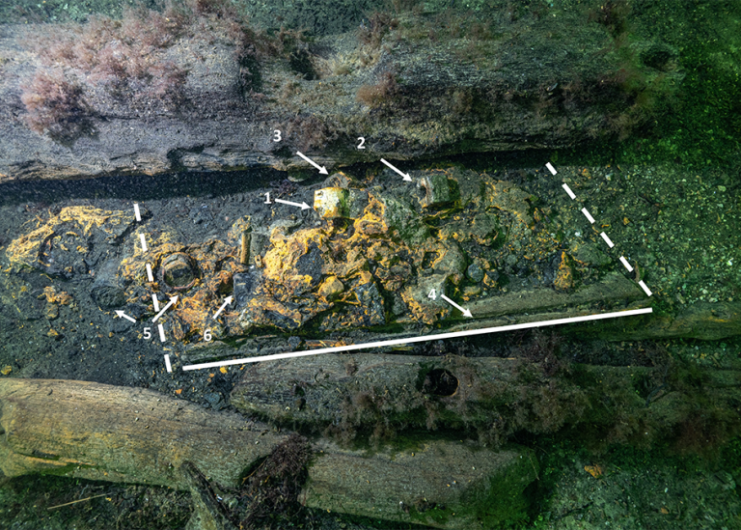
In the recent report, Rolf Warming and Johan Rönnby, a professor of maritime archawology at Södertörn University, revealed that the data collected led to the discovery of “elevated combat platforms” above the stern and bow, along with a weapons chest and two cannon carriages.
According to Live Science, the former has been identified as a “zeuglade” – a battlefield tool chest used during the Late Middle Ages to manufacture ammunition. Along with containing “molds and lead plates for the manufacture of lead bullets for early handguns,” it also contained canisters that likely carried gunpowder.
While it’s unknown if the powder was used by the swivel guns aboard Gribshunden, the chest’s discovery points to a change from close combat to attacking enemy vessels from a safer distance.
Previous expeditions to the wreck uncovered fragments of mail armor that “probably come from one or more mail shirts,” and work is ongoing regarding “clarifying the ship’s capability and the role of the soldiers on board.”
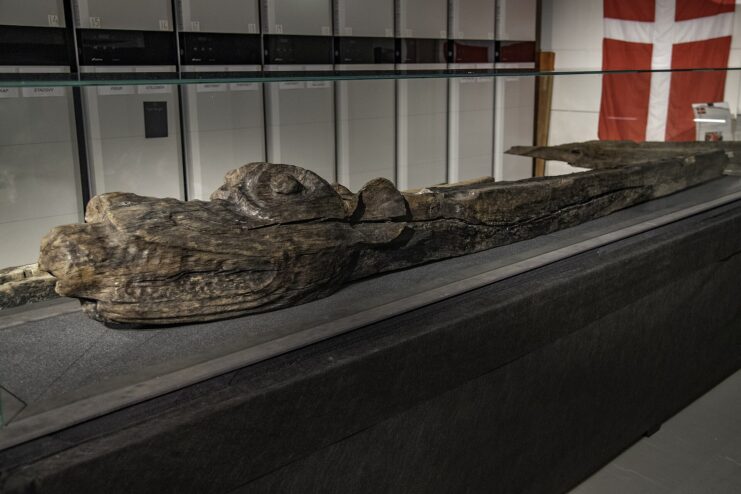
“The ship is an important piece of the puzzle in the ‘military revolution at sea’ in the Early Modern Period, in which the primary tactics shifted from hand-to-hand combat to heavy naval artillery fire,” Warming explained in a news release from Stockholm University. “The ship will therefore also be compared with other important and uniquely preserved wrecks – such as Mars (1564) and Vasa (1628) – in order to understand this development.”
More from us: Upcoming ‘Armour & Embarkation’ Event to Mark 80th Anniversary of D-Day Landings
Reconstruction work on Gribshunden began in 2013 and is ongoing, with current efforts focused on the vessel’s superstructure.
